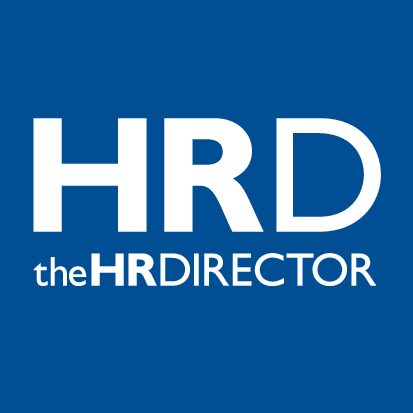According to this new research,* 9% record the impact of sickness absence, which is a significant increase on 59% in 2023 and 63% in 2022. However, a third (27%) of employers currently do not record the impact of sickness absence.
While acknowledging the complexities of the task, not collating either of these datasets represents a missed opportunity to better support staff with effective health and wellbeing benefits.
The research also found that employers believe that recording sickness absence has become more difficult due to hybrid working, with nearly three quarters (72%) of employers agreeing that working from home can mask sickness absence.
Katharine Moxham, spokesperson for GRiD, said: “Hybrid working has certainly had an impact on employers’ ability to record sickness absence and its impact: the marginal improvements in 2024’s data shows that it looks like employers are making a conscious effort to get better at collecting this data. However, nearly a fifth are still not keeping tabs on the number of days their employees have off work, and nearly thirty per cent of employers are not tracking the impact of sick days – both a prerequisite for managing absence and running an efficient business.”
If employers know why staff are off sick, they can address those absences with targeted support, be that for mental health, musculoskeletal or other, as well as by providing assistance to line managers with whom absentees are in day-to-day contact. In addition, the process of managing sickness absence can highlight any trends, such as significant absences in a particular department, location, or within a specific role or function that can then be improved with effective intervention.
Recording the impact of absence
Of those businesses who do understand the benefit of documenting the impact of staff sickness, the most favoured measure was calculating the cost of sick pay provision (e.g. Statutory Sick Pay and salary costs) (49%), followed by calculating the cost of lost time (48%) and lost productivity (47%). Forty-six percent measure indirect costs, such as colleagues covering work, learning time, and management time, and 36% measure direct costs such as for temps and agency fees.
What support is available to employers and employees?
Support for sickness absence may take a number of forms, and GRiD suggests that employee benefits advisers can play a key role in helping employers understand what support is available, as providers continually develop supportive services aimed at helping with vocational rehabilitation and getting people back to work, as well as online health and wellbeing support and apps. Advisers and providers may also offer additional bespoke support such as wellness days and webinars which can be hugely beneficial in opening the eyes of staff to the support they can access.
With employers now having a legal obligation to tell staff about their entitlement to sick pay on day one or before, many employers will want to use this as an opportunity to demonstrate what other health and wellbeing benefits they offer their employees.
How can group risk benefits help?
As well as providing financial support should an employee be unable to work for an extended period of time, group risk benefits (employer-sponsored life assurance, income protection and critical illness) also offer a variety of support for physical and mental health concerns and also for other non-health matters that can also cause employees to be absent, such as dealing with finances, relationships, legal and family matters.
Katharine Moxham concluded: “There is a great deal of value in absence data for those employers who harness it effectively. That means collecting and analysing the raw numbers to identify the staff who are off work now, in order to be proactive in preventing future absence, as well as understanding the impact of that absence. Forewarned is forearmed when it comes to reducing absence.”
*Survey from GRiD







